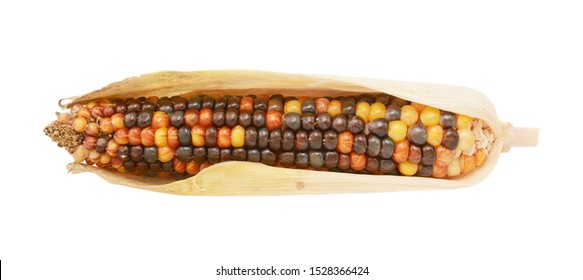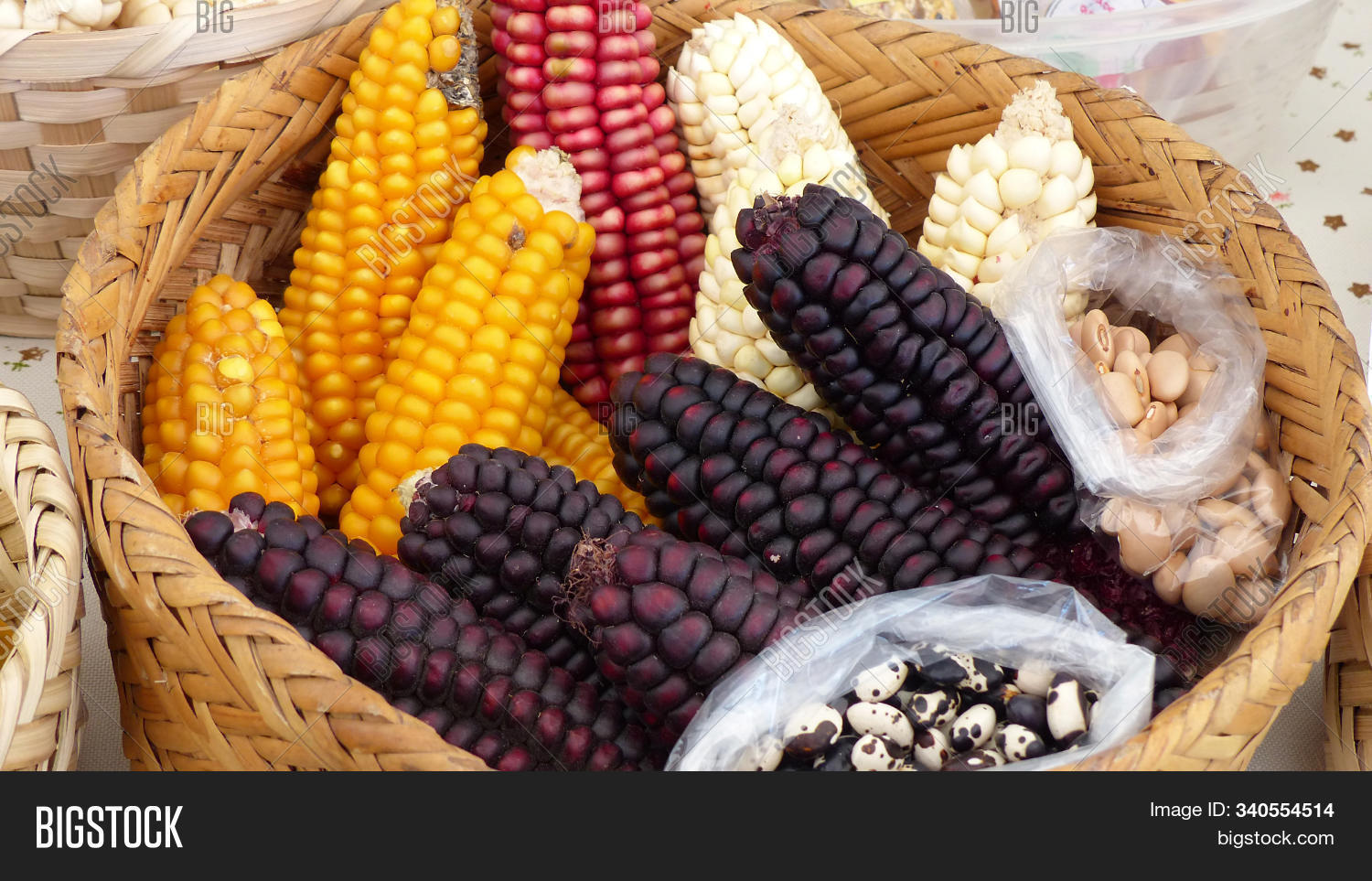

It was introduced in Russia in the 17th century, but until the second half of the 19th century it was grown there only in kitchen gardens. It was imported to Europe at the end of the 15th century, and it spread through the temperate and subtropical areas in the 16th century. Well before the discovery of America by the Europeans, the local populations cultivated the crop, from southern Chile to southern Canada. The stigmata contain sitosterol, stigmasterol, fatty oils, essential oils, saponins, bitter glycoside, vitamins C and K, and gummy substances they are used in the form of decoctions and infusions as hemostatics and as cholagogues and diuretics for cholecystitis, cholangitis, and hepatitis.Ĭorn was first grown in Central and South America. Corn oil is nutritious, rich in vitamin E. Paper, linoleum, viscose, insulating materials, artificial cork and motion-picture film are manufactured from the stalks, cobs, and husks. The grain is valuable concentrated fodder and raw material for the mixed feed industry the green parts and silage from the stems, leaves, and cobs at the milky-wax stage are highly nutritious. It is of great importance as a fodder crop. Corn is used in the food industry (for flour, groats, corn flakes, and popcorn) and by the cornstarch and corn syrup, beer, alcoholic beverage, and canning industries. The kernels contain 9-12 percent protein, 4-6 percent fat (about 40 percent in the embryo), 65-70 percent carbohydrates, and, in yellow-kernel varieties, a great deal of provitamin A. to 40° S lat.Ĭorn is a highly productive crop and is used in a variety of ways. Corn is grown on all continents from 58° N lat. The great diversity of varieties and their use for silage at the milky-wax stage have made it possible to enlarge corn’s zone of cultivation considerably. The plant’s geographic range is determined mainly by temperature conditions.

The plant uses most of the nutrients in the second half of summer.Ĭorn responds to organic and mineral fertilizers with high yields on chernozem, gray-forest, chestnut, and soddy-podzolic soils. At a yield of 50-55 quintals per hectare (ha) the kernels remove from the soil 150 -170 kg N, 50-75 kg P 2O 5, and 140-180 kg K 2O.

The plant consumes the most water and accumulates about 80 per-cent dry substance in a four-week period beginning ten or 12 days before the ears appear. It should therefore be planted on southern slopes, especially in northern regions. Corn is a shortday plant and requires intense sunlight. The ideal temperature for the growth and development of the plant is 20°-24☌. The seeds of most varieties and hybrids germinate at about 10☌. Under field conditions, the shoots usually appear within ten or 12 days. The growing season lasts from 90 to more than 150 days. The fruit is a caryopsis the kernels weigh 50-1,100 g (usually 100-00 g) per 1,000. One or two (less commonly, three) ears develop to maturity on each plant. The male inflorescence (on the top of the stalk) is a panicle the female (in the axils) is a compound spike usually called the ear (4-50 cm long and 2-10 cm in diameter weight, 30-500 g). The leaves (from eight to 42) are regular, broad-linear, and undulate. When the moist soil hills up, the roots provide the plant with water and nutrients. Thick, sturdy brace roots form on the lower above-ground joints of the stalk and keep the plant from lodging. It has a filamentous root system that reaches depths of 100-150 cm. It has a straight stalk, 50-80 cm to 5-6 m high, that sometimes bushes. The corn grown today highly cultivated, incapable of self-seeding and of growing wild.Ĭorn is a monoecious plant with dioecious inflorescences. ceratina occupies limited areas), and pod corn (Z. semidentata the most widely cultivated), popcorn (Z. The species is divided into nine botanical groups according to the internal structure and morphology of the kernel: flint corn (Z m. Maize (Zea mays ), a species of annual herbaceous plants of the family Gramineae.


 0 kommentar(er)
0 kommentar(er)
